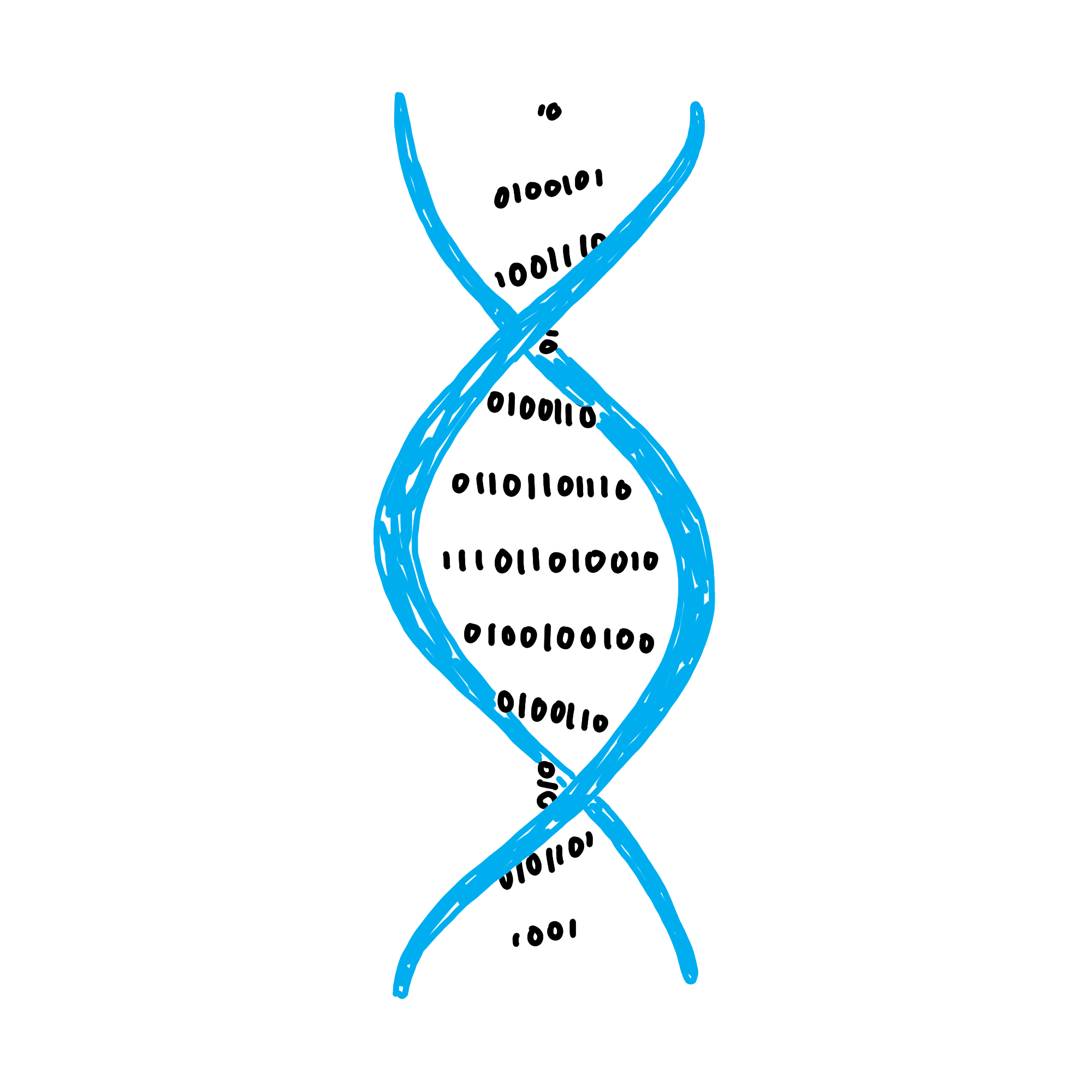
GENE EDITING AND DISEASES
A Cure for Heart Disease
Professors at the Institute for Nutritional Sciences in Shanghai, China, uses stem cells to study new ways of curing life-threatening illnesses such as heart disease. They have discovered a gene mutation that allows some people to consume high levels of fat and sugar without it affecting their cholesterol levels or raising the risk of a heart attack.
To make this work, they plan to introduce the mutated genes into the human pluripotent stem cells so that the cells can produce more of the mutated cells into the body. D1

A Cure for Yellow Leaf Curl
Scientists have found out a way to make the tomato plant more resistant to the yellow leaf curl virus by using gene editing. Currently we have not been able to cure this disease overall but it has been reducing the disease population in yields dramatically.
Researchers in Saudi Arabia have found an immune mechanism used by bacteria to protect the plant from the virus and other pathogen. They used the CRISPR method to engineer a protein to target a specific area of the virus making gene so it could disrupt its replication. Doing this could lead to the reduction or even complete disappearance of the symptoms of infection in the plant. D2

A Cure for Cystic Fibrosis
Researchers at Yale University have successfully found out a way to correct the most common mutation in the gene that causes cystic fibrosis.
Cystic Fibrosis is usually caused by a mutation in the gene F508del. This disease is life threatening because it damages the lungs by producing mucus in the airways of the lungs. This disorder has no cure and treatment causes horrible symptoms.
A team of Yale researchers have found a new approach to cure this disease by using synthetic molecules similar to DNA and donor DNA to edit the genetic defect. D3

A Cure for Huntington’s Disease
Huntington’s disease is a hereditary disease that causes brain cells to degenerate which causes progressive dementia. HD is caused by a triplet expansion in the huntington gene that results in a protein that does not function properly.
Scientist have designed RNA guides to instruct the Cas9 protein to cut the gene at a specific place where the gene has been affected leaving the normal parts of the gene intact. They have experimented this procedure on human fibroblast cells that has been taken from an affected patient.
Although we are still many years from finding a affect gene therapy for Huntington's disease, these breakthroughs have made us closer from finding a possible cure. D4

A Cure for Powdery Mildew
Researchers from China have created wheat that is more resistance to common diseases by using gene editing. One of the most destructive disease that wheat obtain is a fungal pathogen disease called powdery mildew. Powdery mildew causes the leaves and stems of plants to have white spots and this diseases could potentially wipe out a yield in a couple of weeks if not treated with harsh chemicals.
To solve this problem, researchers deleted genes that encode proteins that repress defenses against the mildew. This makes the plant more resistant to powdery mildew and other fungal diseases as well. D5

